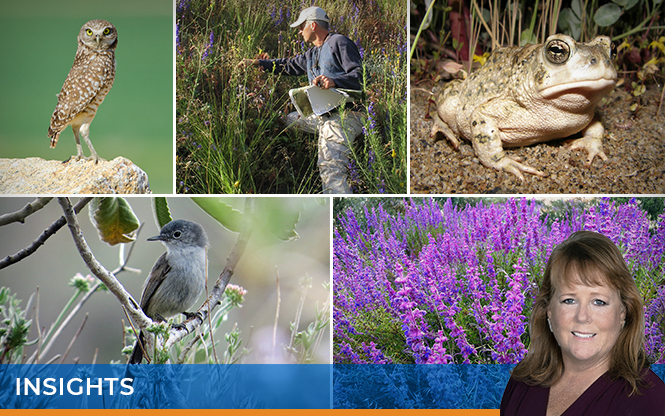
Don’t Miss Your Window of Opportunity!
To avoid costly project delays, now is the time to plan your focused surveys for special status plant and wildlife species. Many of these species have narrow time frames or “windows” in which surveys can be conducted due to either agency protocols or the species’ life cycle.
These surveys are often required for environmental documentation (e.g., California Environmental Quality Act [CEQA]/National Environmental Policy Act [NEPA] and/or State/Federal Endangered Species Act [ESA] compliance).
Avoid having your surveys rejected by hiring qualified biologists with the technical background, experience, and permits to ensure compliance with resource agency permits. Some of the most common focused surveys required are highlighted below.
Nesting Birds
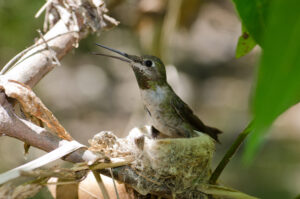 Resource agency permits and CEQA/NEPA documentation often have specific mitigation measures to conduct preconstruction nesting bird surveys, also providing protection under the federal Migratory Bird Treaty Act and California law. If you already have your project approvals, check your permits and schedule the needed preconstruction surveys as soon as possible.
Resource agency permits and CEQA/NEPA documentation often have specific mitigation measures to conduct preconstruction nesting bird surveys, also providing protection under the federal Migratory Bird Treaty Act and California law. If you already have your project approvals, check your permits and schedule the needed preconstruction surveys as soon as possible.
Nesting bird surveys: generally, March-August
Botanical
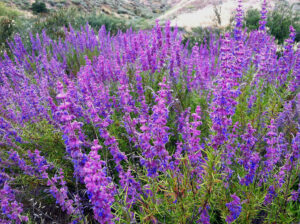 Plant surveys are typically conducted during a plant’s blooming period. Our botanists monitor the target survey species’ known populations to determine the appropriate survey window to generate the most reliable survey results.
Plant surveys are typically conducted during a plant’s blooming period. Our botanists monitor the target survey species’ known populations to determine the appropriate survey window to generate the most reliable survey results.
Focused plant surveys: generally, March–July
Desert Species
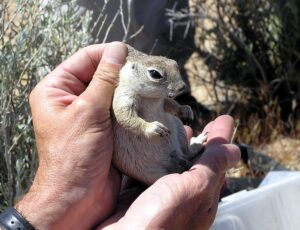 Some of the narrowest and labor intensive survey protocols are for species that occupy the desert regions. This is due to extreme temperatures that can limit the time they are observable. Examples include:
Some of the narrowest and labor intensive survey protocols are for species that occupy the desert regions. This is due to extreme temperatures that can limit the time they are observable. Examples include:
Desert tortoise: must be conducted during the species’ most active periods, April–May or September–October
Mohave ground squirrel: multiple visits conducted between March 15–July 15, depending on weather
San Joaquin kit fox: surveys begin May– September, but must be completed by November 1
Amphibian
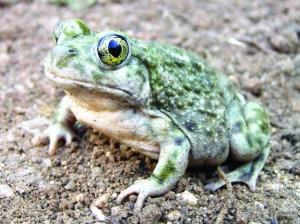 Special status amphibians require water, especially during the beginning stages of their life cycles. Each has specific survey requirements to determine their presence or absence. Examples include:
Special status amphibians require water, especially during the beginning stages of their life cycles. Each has specific survey requirements to determine their presence or absence. Examples include:
Arroyo toad: six surveys conducted March 15–July 1
California red-legged frog: eight surveys conducted over six weeks between January 1 and September 30
Burrowing Owls
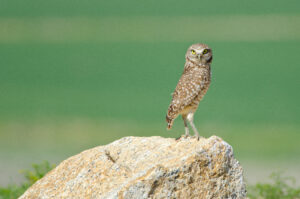 Burrowing owls tend to occur in grasslands and areas with low vegetation. Projects occurring in
Burrowing owls tend to occur in grasslands and areas with low vegetation. Projects occurring in
suitable habitat within the species’ range will require surveys including a habitat assessment and four focused surveys.
Burrowing owls: breeding season surveys conducted between March 1–August 31 in MSHCP areas
Bats
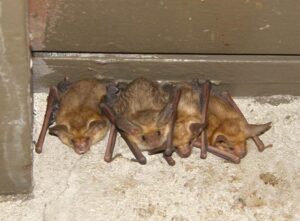 Bat surveys are being requested more by State and federal agencies, including Caltrans. Examples include:
Bat surveys are being requested more by State and federal agencies, including Caltrans. Examples include:
Habitat assessments: any time of the year
Focused nighttime surveys (acoustic):
* Select species of bats, including many migrants: early spring or late fall
* Bat maternity colonies: summer
Coastal California Gnatcatcher and Riparian Birds
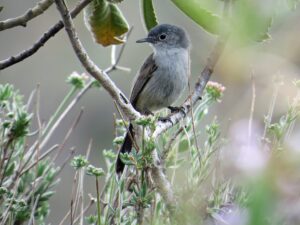 While coastal California gnatcatcher surveys can be conducted year-round, there are time and cost savings if surveys are conducted during the breeding season (March 15–June 30).
While coastal California gnatcatcher surveys can be conducted year-round, there are time and cost savings if surveys are conducted during the breeding season (March 15–June 30).
The least Bell’s vireo, southwestern willow flycatcher, and western yellow-billed cuckoo are federally and State listed threatened and/or endangered bird species that occur in riparian habitat.
Their survey windows include:
Least Bell’s vireo: April 10–July 31 Southwestern willow flycatcher: May 15–July 17
Western yellow-billed cuckoo: June 15–August 15
Now is the time to schedule your focused spring surveys. Please contact either Ann Johnston or Marc Blain with questions regarding the potential need for focused spring surveys for your project.
By Ann Johnston